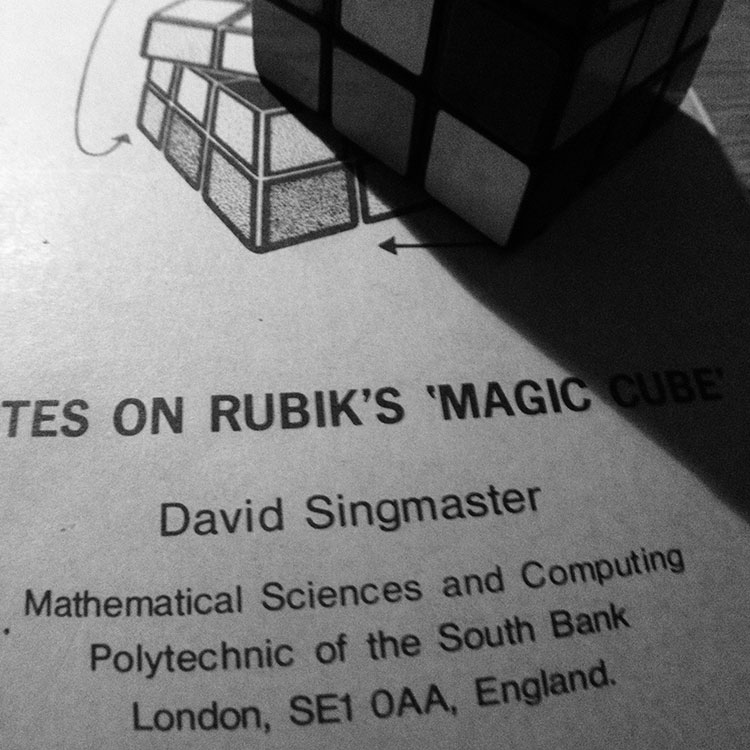The monstrous moonshine picture is a sub-graph of Conway’s Big Picture on 218 vertices. These vertices are the classes of lattices needed in the construction of the 171 moonshine groups. That is, moonshine gives us the shape of the picture.

(image credit Friendly Monsters)
But we can ask to reverse this process. Is the shape of the picture dictated by group-theoretic properties of the monster?
That is, can we reconstruct the 218 lattices and their edges starting from say the conjugacy classes of the monster and some simple rules?
Look at the the power maps for the monster. That is, the operation on conjugacy classes sending the class of $g$ to that of $g^k$ for all divisors $k$ of the order of $g$. Or, if you prefer, the $\lambda$-ring structure on the representation ring.
Rejoice die-hard believers in $\mathbb{F}_1$-theory, rejoice!
Here’s the game to play.
Let $g$ be a monster element of order $n$ and take $d=gcd(n,24)$.
(1) : If $d=8$ and a power map of $g$ gives class $8C$ add $(n|4)$ to your list.
(2) : Otherwise, look at the smallest power of $g$ such that the class is one of $12J,8F,6F,4D, 3C,2B$ or $1A$ and add $(n|e)$ where $e$ is the order of that class, or, if $n > 24$ and $e$ is even add $(n | \frac{e}{2})$.
A few examples:
For class 20E, $d=4$ and the power maps give classes 4D and 2B, so we add $(20|2)$.
For class 32B, $d=8$ but the power map gives 8E so we resort to rule (2). Here the power maps give 8E, 4C and 2B. So, the best class is 4C but as $32 > 24$ we add $(32|2)$.
For class 93A, $d=3$ and the power map gives 3C and even though $93 > 24$ we add $(93|3)$.
This gives us a list of instances $(n|e)$ with $n$ the order of a monster element. For $N=n \times e$ look at all divisors $h$ of $24$ such that $h^2$ divides $N$ and add to your list of lattices those of the form $M \frac{g}{h}$ with $g$ strictly smaller than $h$ and $(g,h)=1$ and $M$ a divisor of $\frac{N}{h^2}$.
This gives us a list of lattices $M \frac{g}{h}$, which is an $h$-th root of unity centered as $L=M \times h$ (see this post). If we do this for all lattices in the list we can partition the $L$’s in families according to which roots of unity are centered at $L$.
This gives us the moonshine picture. (modulo mistakes I made)
The operations we have to do after we have our list of instances $(n|e)$ is pretty straightforward from the rules we used to determine the lattices needed to describe a moonshine group.
Perhaps the oddest part in the construction are the rules (1) and (2) and the prescribed conjugacy classes used in them.
One way to look at this is that the classes $8C$ and $12J$ (or $24J$) are special. The other classes are just the power-maps of $12J$.
Another ‘rationale’ behind these classes may come from the notion of harmonics (see the original Monstrous moonshine paper page 312) of the identity element and the two classes of involutions, 2A (the Fischer involutions) and 2B (the Conway involutions).
For 1A these are : 1A,3C
For 2A these are : 2A,4B,8C
For 2B these are : 2B,4D,6F,8F,12J,24J
These are exactly the classes that we used in (1) and (2), if we add the power-classes of 8C.
Perhaps I should take some time to write all this down more formally.



